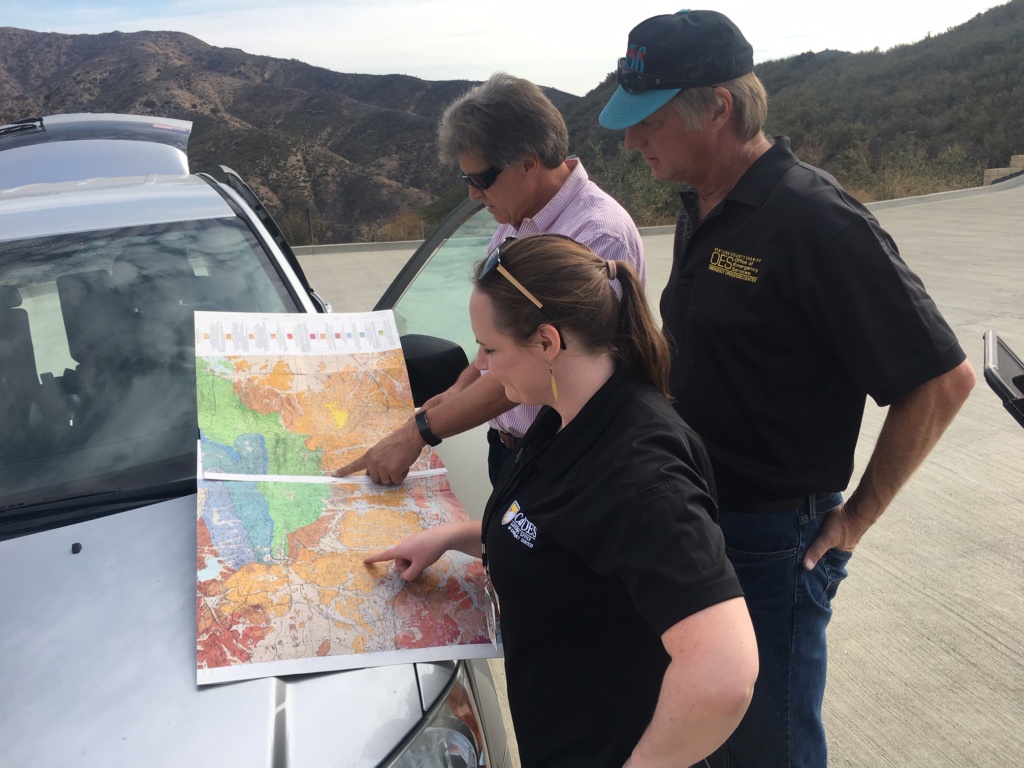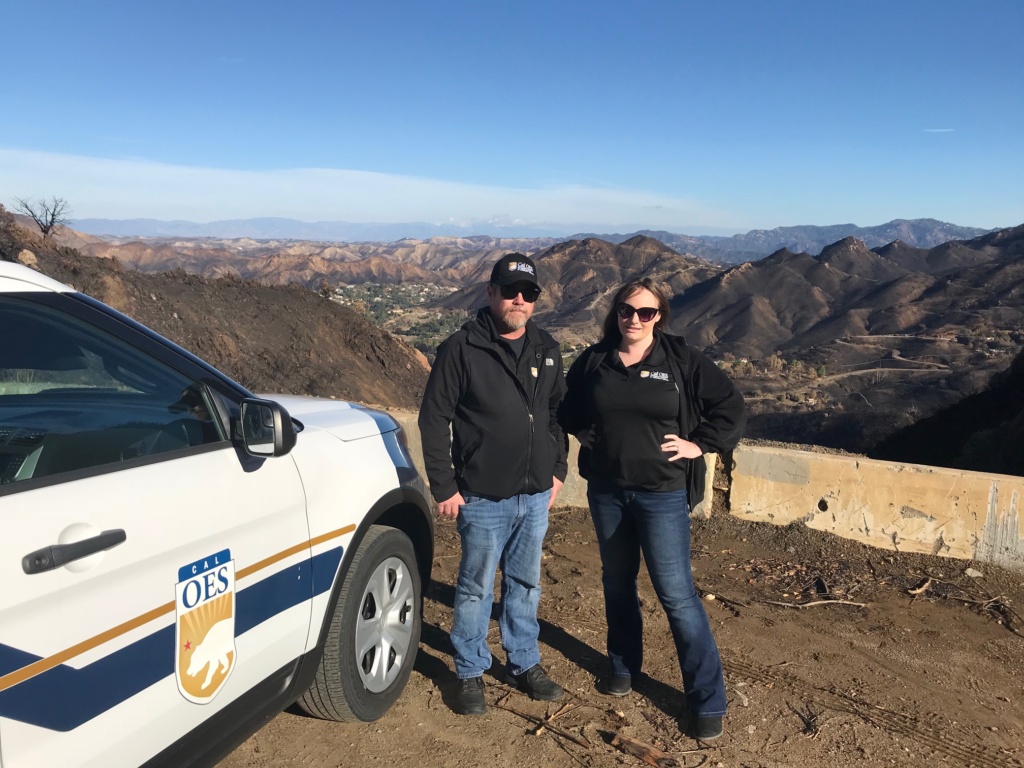Working disaster recovery is a much different experience than simply filling a position within an active EOC during response. Recovery is complex, prolonged, and political. The assignment may last for months or even years depending on which level you are working at.

For both presidentially declared major disasters the 2017 Thomas Fire and 2018 Woolsey / Hill Fires I was assigned to serve as the State Division Supervisor for the Ventura Division. In this role, I worked closely with my FEMA counterpart who was the Federal Division Supervisor for the Ventura Division. We worked to support the County as they organized town halls, navigated the declaration process, completed damage assessment, worked with non-profit organizations and began debris removal operations.

It is through these experiences that I became so interested in best practices for navigating the response to recovery transition and for taking these lessons learned and helping other emergency managers better prepare for recovery.
- DR-4683: CA Winter Storms, State Agency Cost Recovery Manager, California State University System January 2023
- DR-4482: COVID-19 Cost Recovery Project Manager, California State University System June 2020 – present
- DR-4407 Hill and Woolsey Fires: State Division Supervisor, Ventura Division November 2018 – February 2019
- DR-4353 Thomas Fire: State Division Supervisor, Ventura Division February – March 2018
- DR-4344 Canyon 2 Fire: State Agency Manager in Anaheim Local Assistance Center October 13-14 2017
